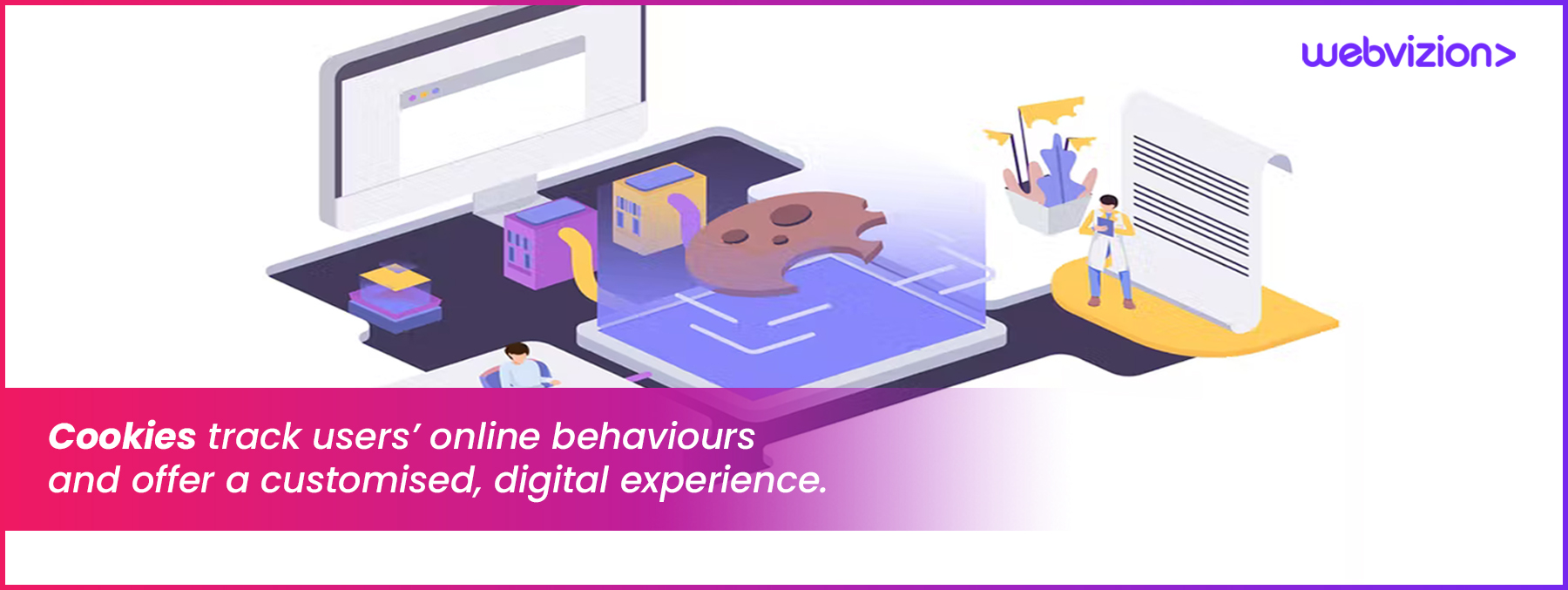
Take the internet today. For business owners and digital entrepreneurs, ‘cookie,’ which are codes intended to track users’ web browsers after they visit several different websites, can maximise growth potential by targeting specific audiences.
More specifically, cookies can target demographics likely to convert. However, for users, data privacy and personal protection are nonexistent. Cookies track users’ online behaviors and offer a customized, digital experience.

However, many users value online privacy, and are becoming increasingly cognizant of their digital footprint, and who has access to their data.
Enhancing our digital landscape (through which we socialize, shop, interact, and seek information) is an ever-evolving process. Therefore, as we explore and prepare for emerging online iterations, such as Web 3.0, and The Metaverse, marketers need to prepare to adapt to developing consumer wants.

With privacy regulations tightening, third-party cookies which track consumer activities will be relegated to the past. Instead, marketers need to focus on building trust with consumers, expanding their reach through transparent and trustworthy means, and foray into a cookie-less future. Here’s how to get started:
1. Leverage Durable IDs for Data Collection
Third-party cookies will collect user data, and analyze user behaviors on another website (other than the website users are visiting). These cookies can significantly violate privacy concerns and transparency with consumers, ultimately diminishing conversion rates.
With durable IDs, which exist as email addresses, phone numbers, and other personalized log-in information, marketers can establish trust and expand their audience reach by interacting with users likely to convert.
2. Ensure Consumer Control of Personal Data
Consumers are edging towards demanding digital privacy while advertisers and marketers utilize cookies to maximize audience reach. In 2023, Google announced the elimination of invasive, third-party cookies across digital platforms. Therefore, as marketers, ensuring individual consumer control, establishing transparency, and delivering a personalized user experience must travel synchronously.
3. Enable First-Party Tracking
Examining first-party consumer behaviors can facilitate a positive UX and personalized experience, enabling an extensive reach. By implementing strong data collection mechanisms through transparent techniques, marketers can reach their target demographic without compromising data privacy and protection. By collecting data in a trusted, verified manner, advertisers and marketers can amplify their platform, drive traffic, and garner more conversions.
Preparing for the future is key for marketers. As data privacy laws and privacy regulations are constantly shifting and developing to protect users and enhance advertiser-consumer relations, adapting to evolving digital data collection methods is critical.

Businesses need to adapt to thrive. But, more importantly, they need to respect and connect with consumers. 100% transparency. Both users and marketers require compliance, trust, and strict data regulations to enable a positive user experience and brand growth.
Cookies detract from the emerging digital sway towards consent-based marketing, enabling advertisers to adopt cheap techniques to attract wider audiences. In a cookie-less world, which is soon approaching, marketers will be relegated to adopting transparent digital marketing and data collection strategies to attract their consumers. The key is.. to be prepared.




